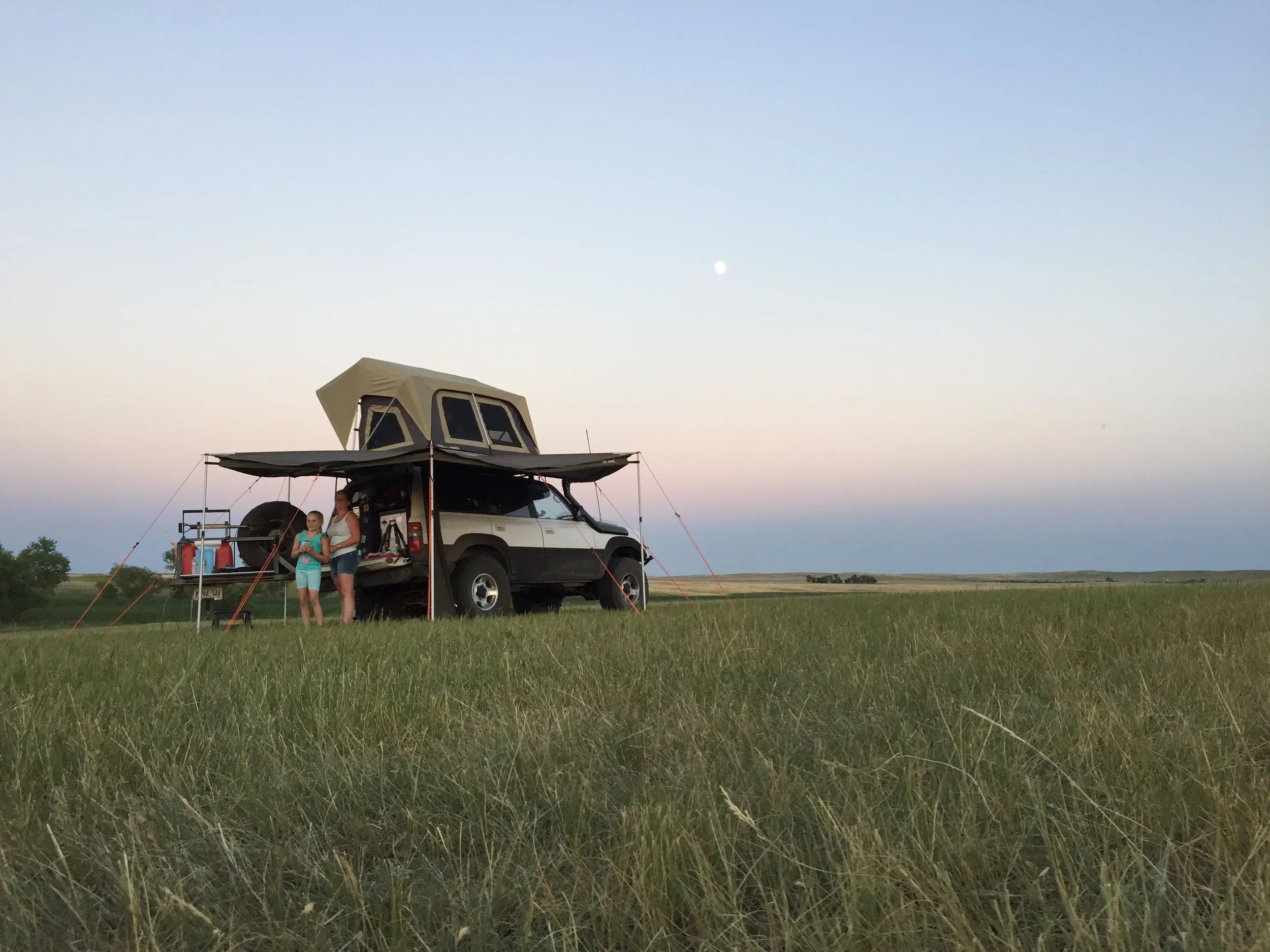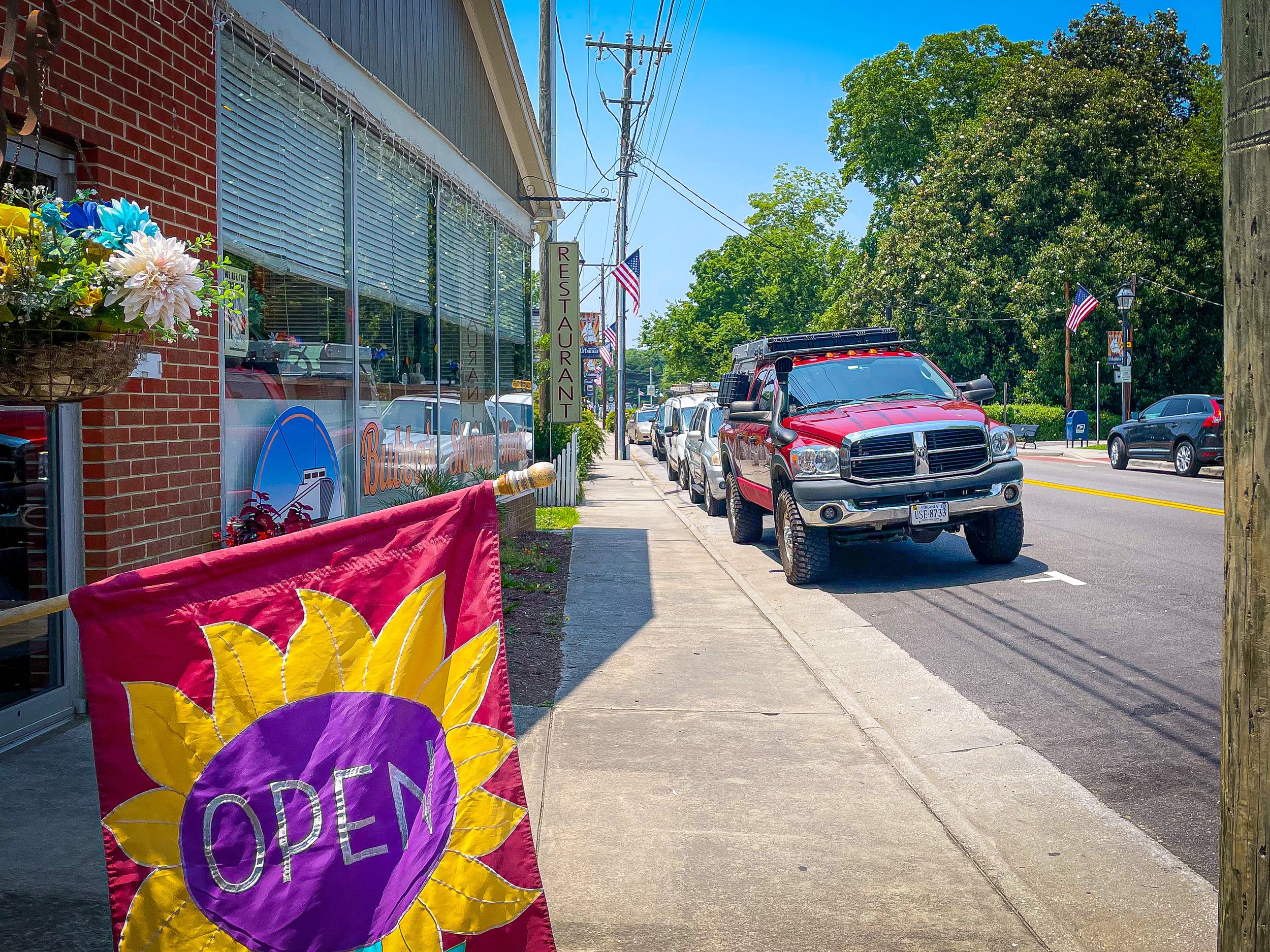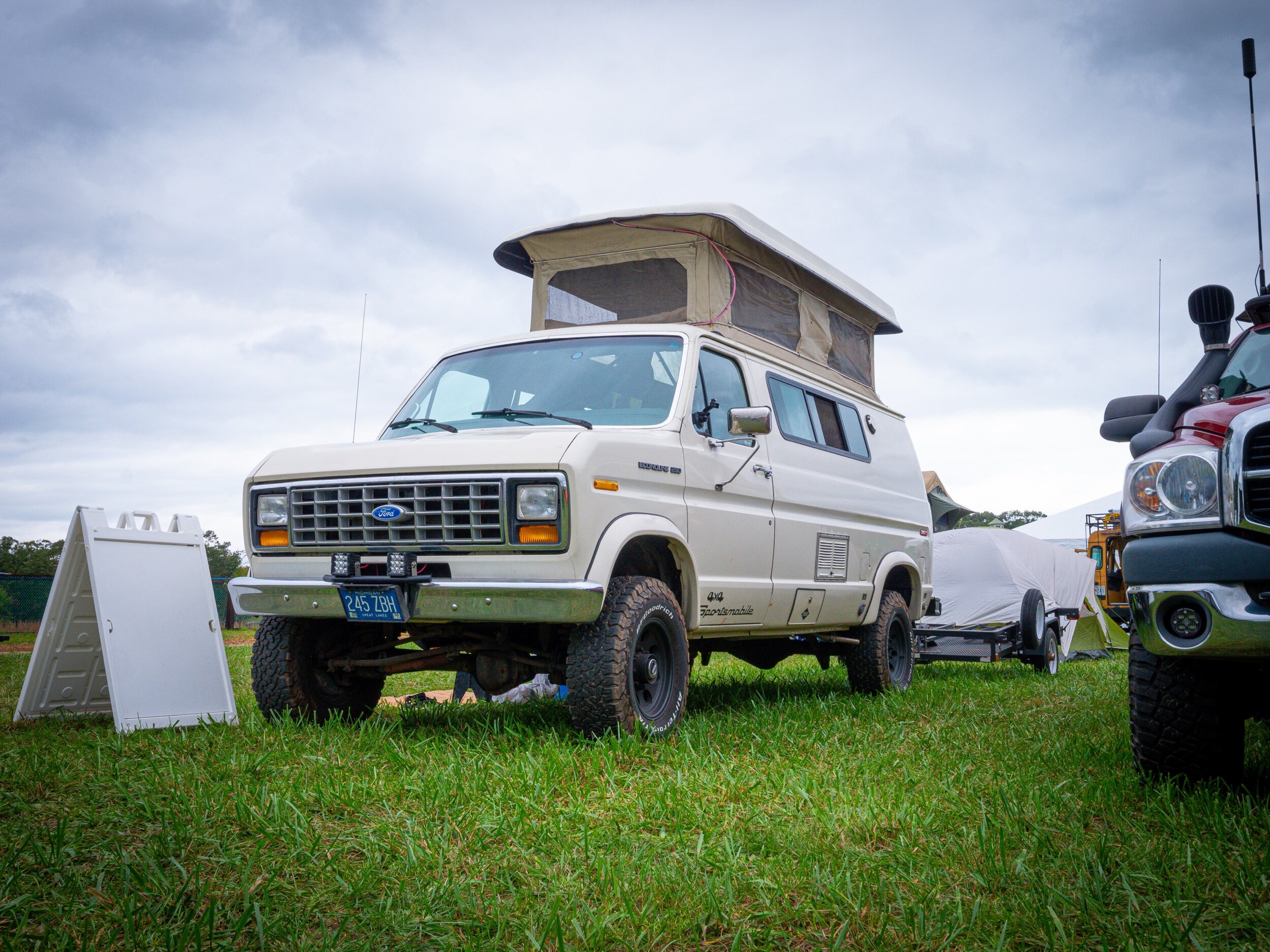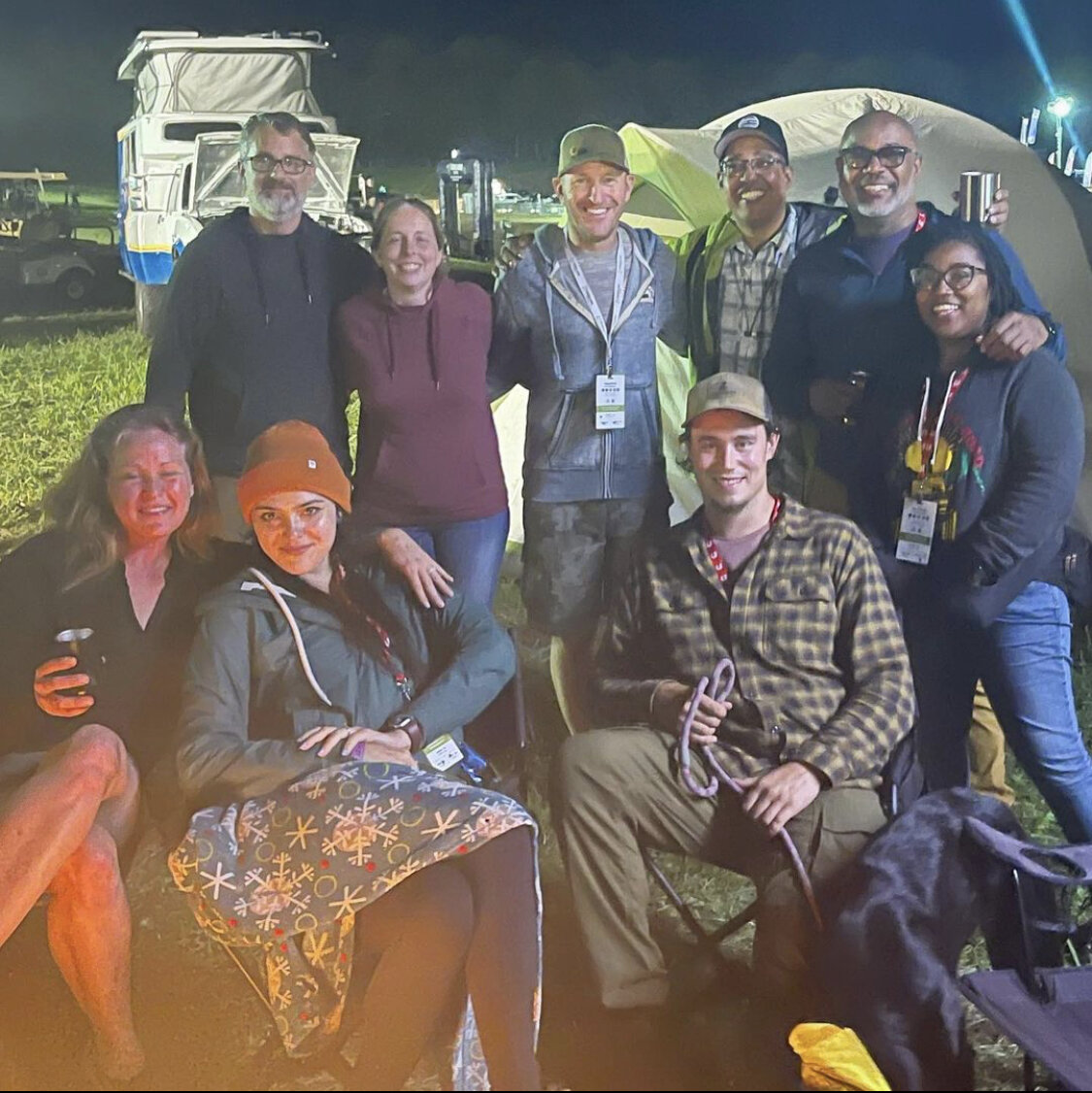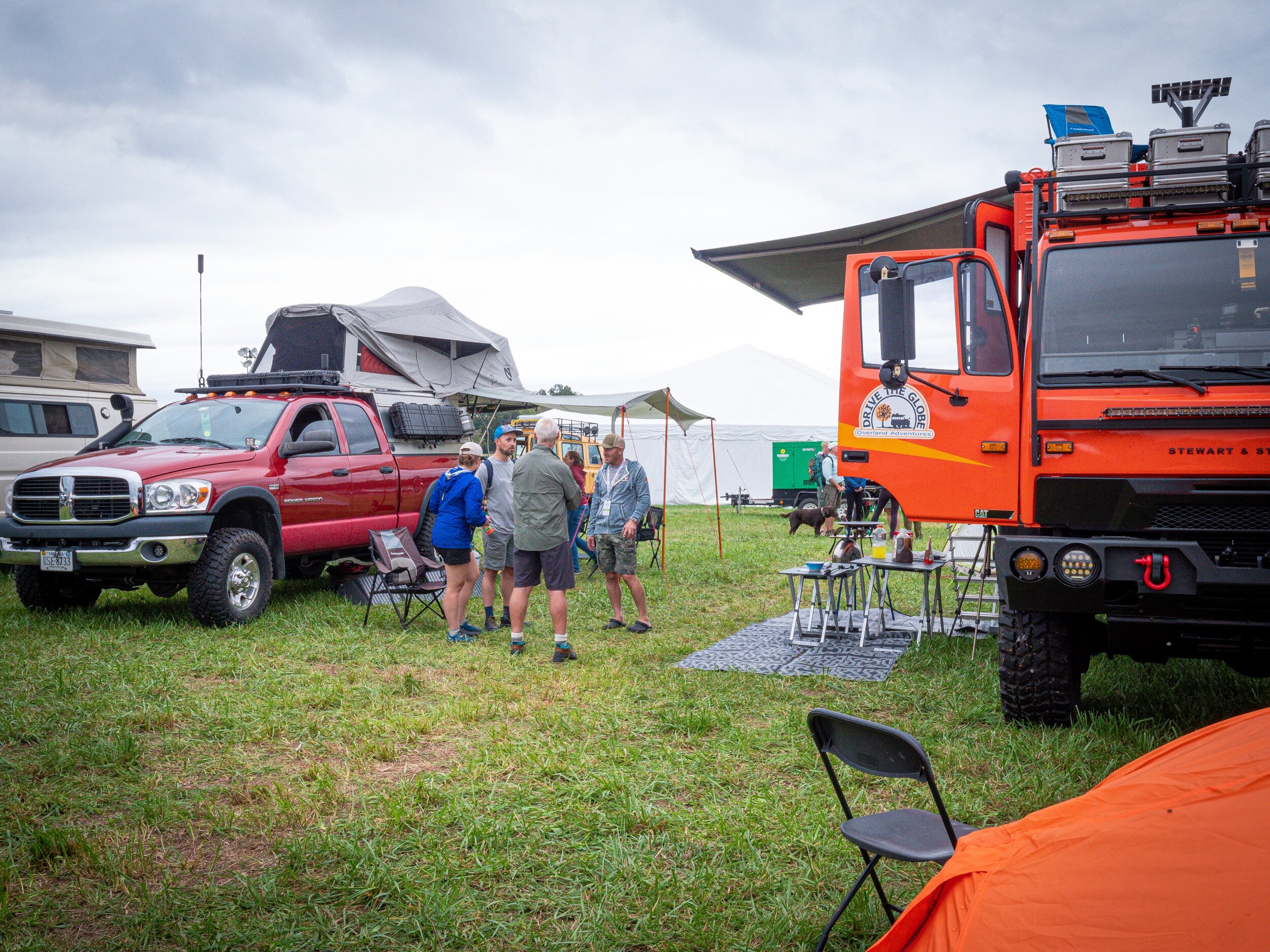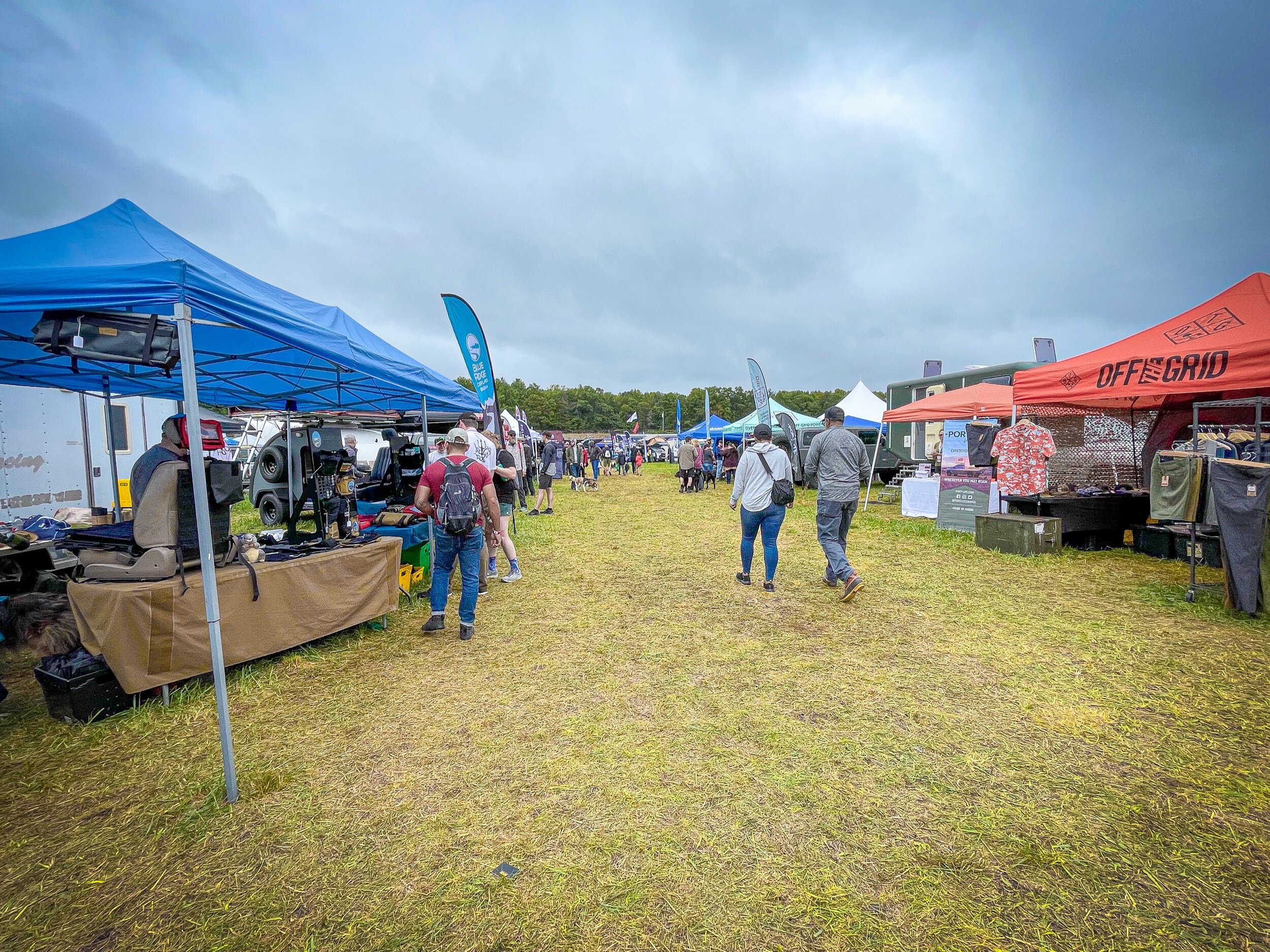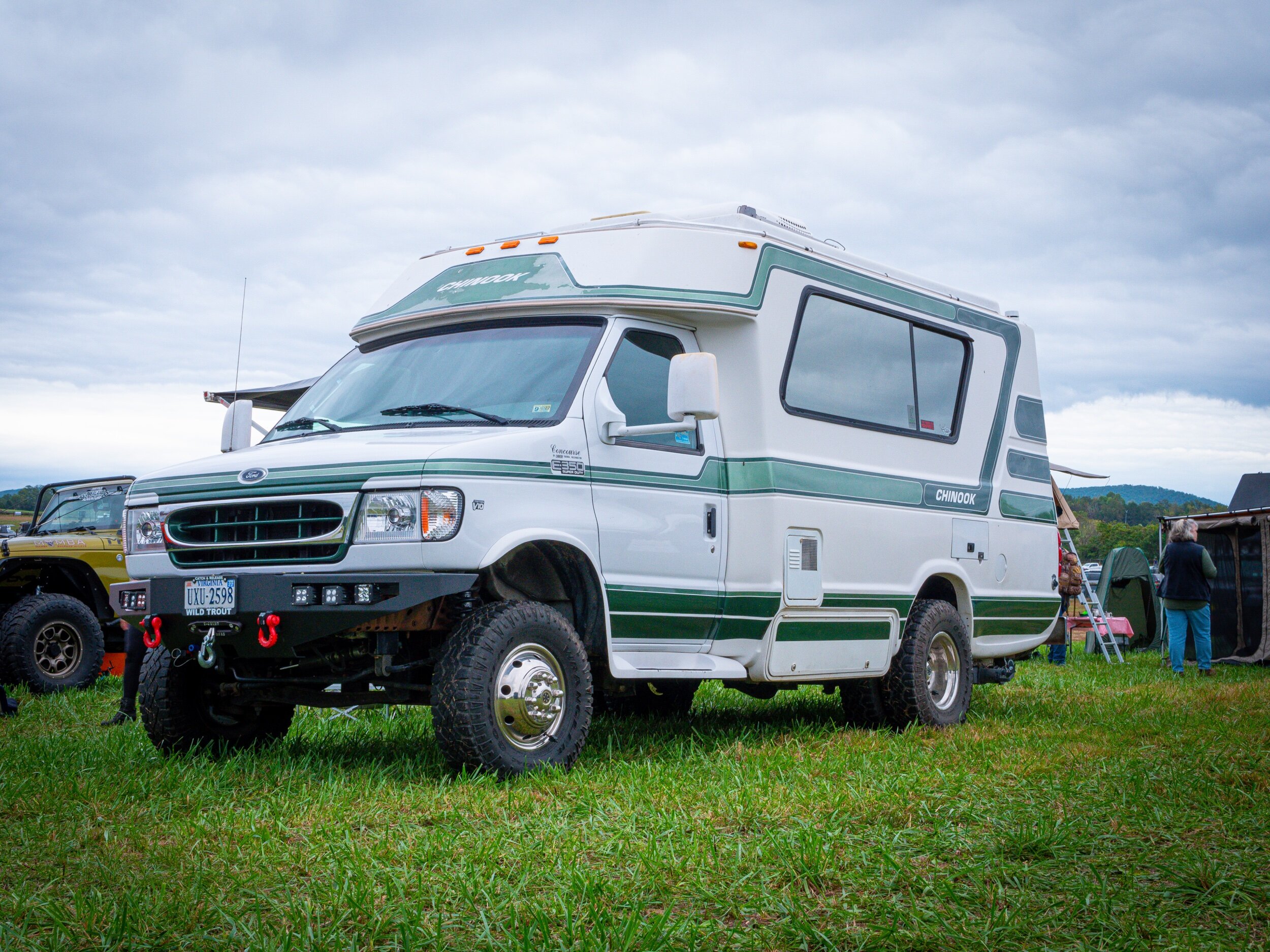Overlanding…. What is it? There are varying opinions and definitions of this popular term. Some believe its four wheeling across rugged terrain, miles from civilization and some believe it’s purely car camping. While both of those scenarios certainly fall into the definition of Overlanding, there’s a lot more to it then just that. You see, “Overlanding” can really mean something different to everyone. One of the best definitions that we’ve happened across is “Overlanding sees the journey as the purpose. Overlanding is about exploration, rather than conquering obstacles.” This is the definition that personally resinates with us the most because it’s how we like to approach the majority of our travel.
So why are we talking about this? There are hundreds of articles and videos out there discussing this same thing. Well… Lately we’ve run into a lot of people who are interested in Overland Travel, but feel that they have to spend a small fortune to build a capable vehicle and have products X, Y & Z before they can even embark on their first trip. It really kills us to see how worked up everyone gets about having the right gear. So much, that they never even go on a trip. Listen, gear is great, but it’s also bad… Let me explain. Having the right gear can obviously make all of the difference between an alright trip and a fantastic trip. There’s nothing worse than waking up in a pool of water because your awning or tent leaked. Or shivering all night because you have the wrong temp sleeping bag. You won’t get any argument from us on that. However… Gear can also be a bad thing because you set in your mind that you have to have all of this “stuff” before you can do anything. The truth is, you probably won’t even use a third of all that gear on your first five trips. Ask us how we know. We, like many others before us, have fallen down the exact same rabbit hole a couple of times and had to claw our way back out of wonderland. It’s hard to do.
Okay, then how do we go Overlanding without gear? Well that depends on what type of Overlanding you want to do and how you define it. If your definition aligns with ours, then there is a lot that you can do without any gear. Remember, it’s all about the journey and exploration. Have you ever been to the next town, county or state over? What makes their area different than yours? What is their heritage/culture? What hidden gems rural and urban are hiding there? All you need for that type of exploration is a vehicle to get you there and a lot of curiosity. Overnighting it? No problem. Hit a hotel, bed and breakfast, or a cabin in a state park. Still not one bit of gear needed. And guess what… You’re still Overlanding!
Obviously when you mix car camping into the definition of Overlanding, things begin to change. Or do they? What does it take to car camp? For one to two people, not too much. Depending on the vehicle, you could just sleep inside with a pillow and a blanket. Need more room? Buy a small tent and ground pad and you’re golden. What about food? You’ve made ramen before right? How about Pop tarts? You laugh, but 9 times out of 10, we eat pop tarts for breakfast. It all comes down to how comfortable you want to be in relation to how much money you want to spend on the gear vs the travel. Believe it or not, you can be pretty darn comfortable for a reasonable amount of money.
I guess what we’re trying to get across here is not to fall into the paralysis by analysis trap. You want to go Overlanding? Then go, but go within your means. Try to add gear only as there becomes a need for it, not because everyone is buying it right now. We don’t even want to begin to think about the amount of times we bought something because it was going to be “life changing” only to sell it the following year because we only used it one time. That would be depressing. Honestly, some of our greatest memories and trips only required a vehicle and some clothes. If we can give you one piece of advice when looking at gear, it would be: “Think about if it is a need or a want… How much does it cost and how many trips could I go on instead if I were to just spend that money on the trips themselves?”
